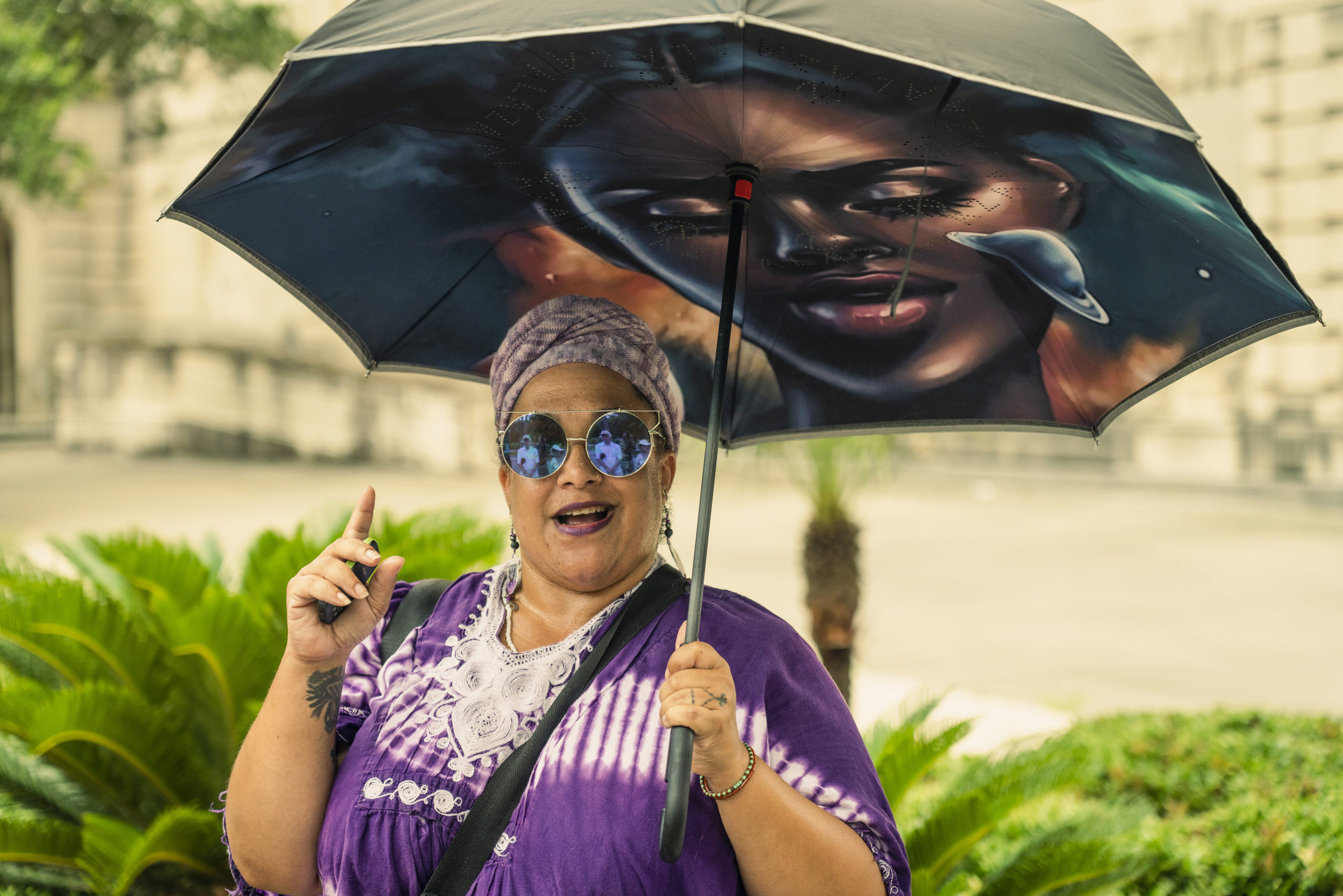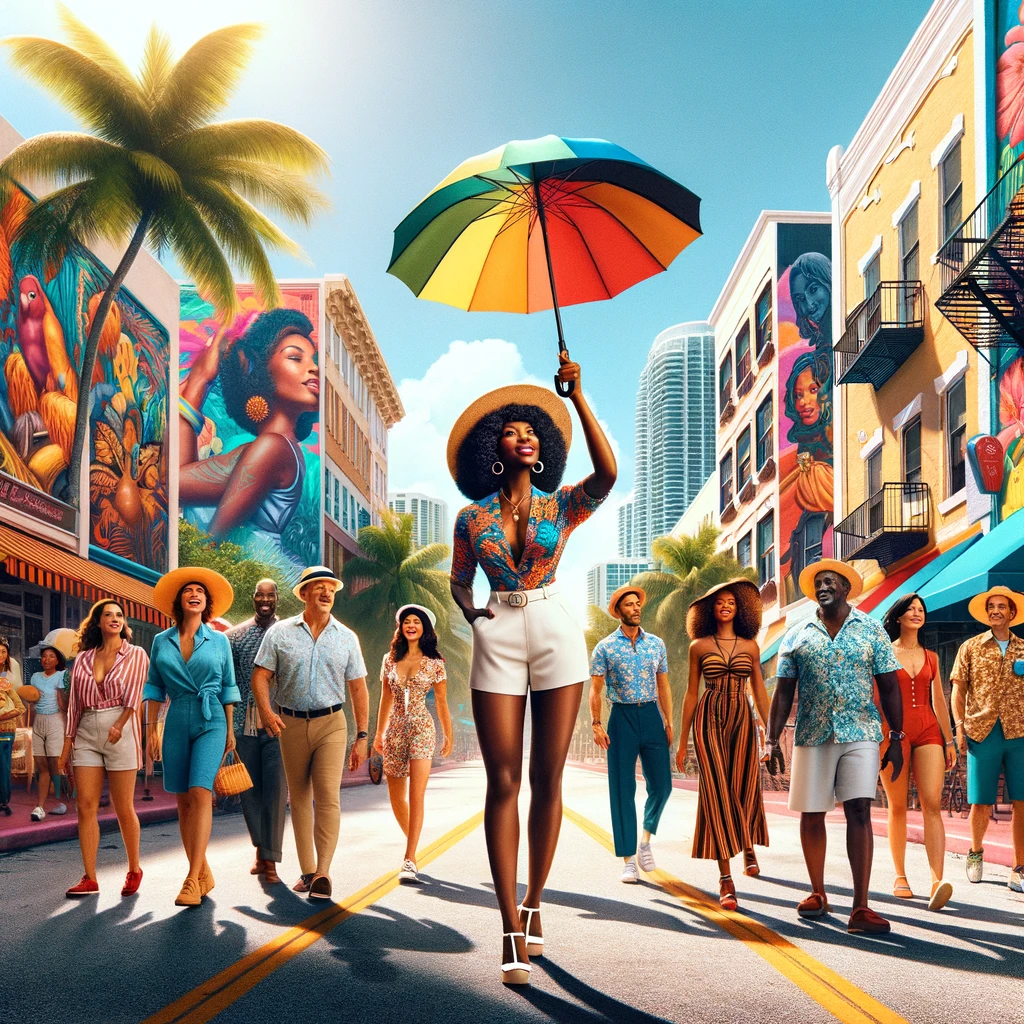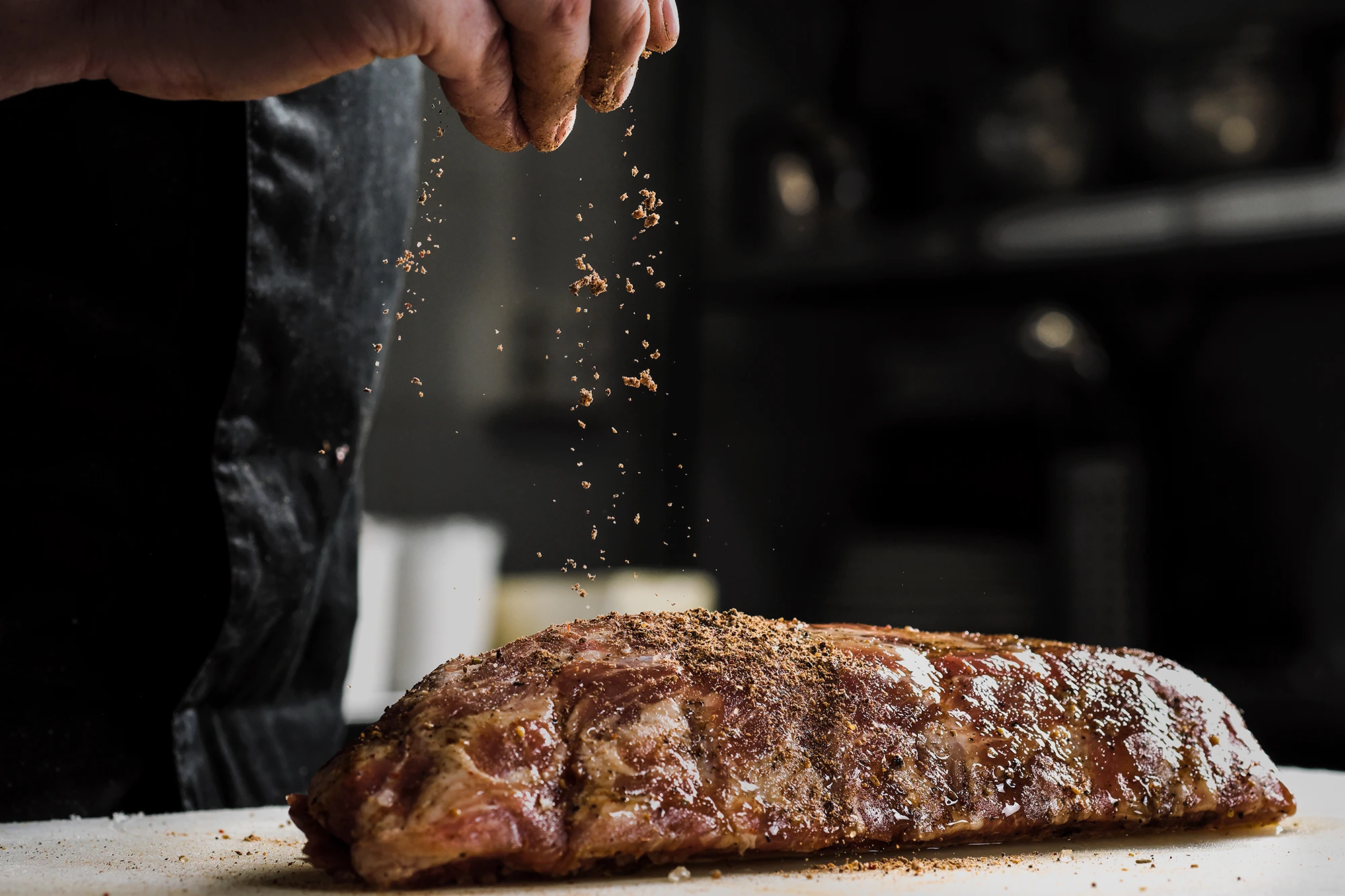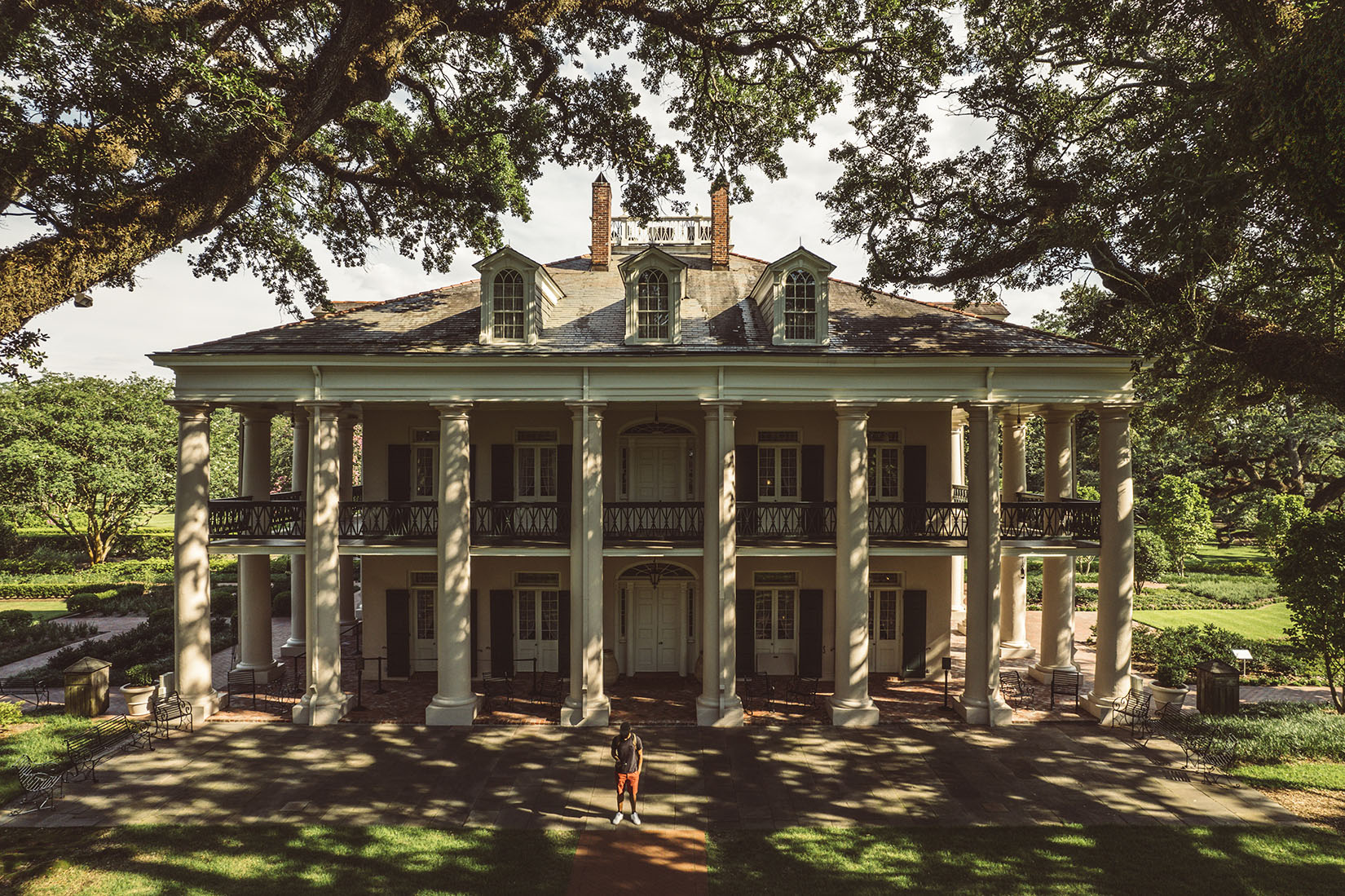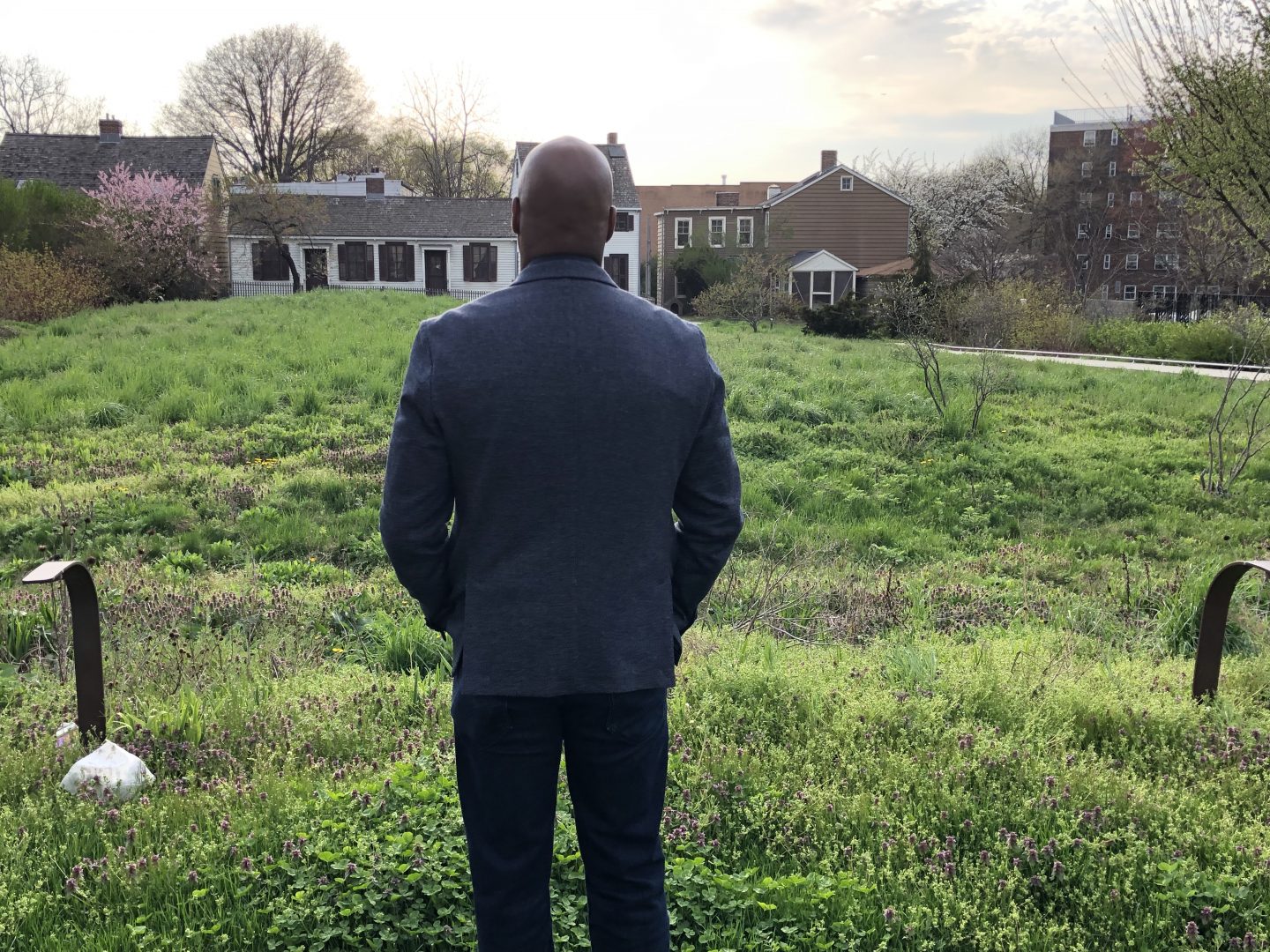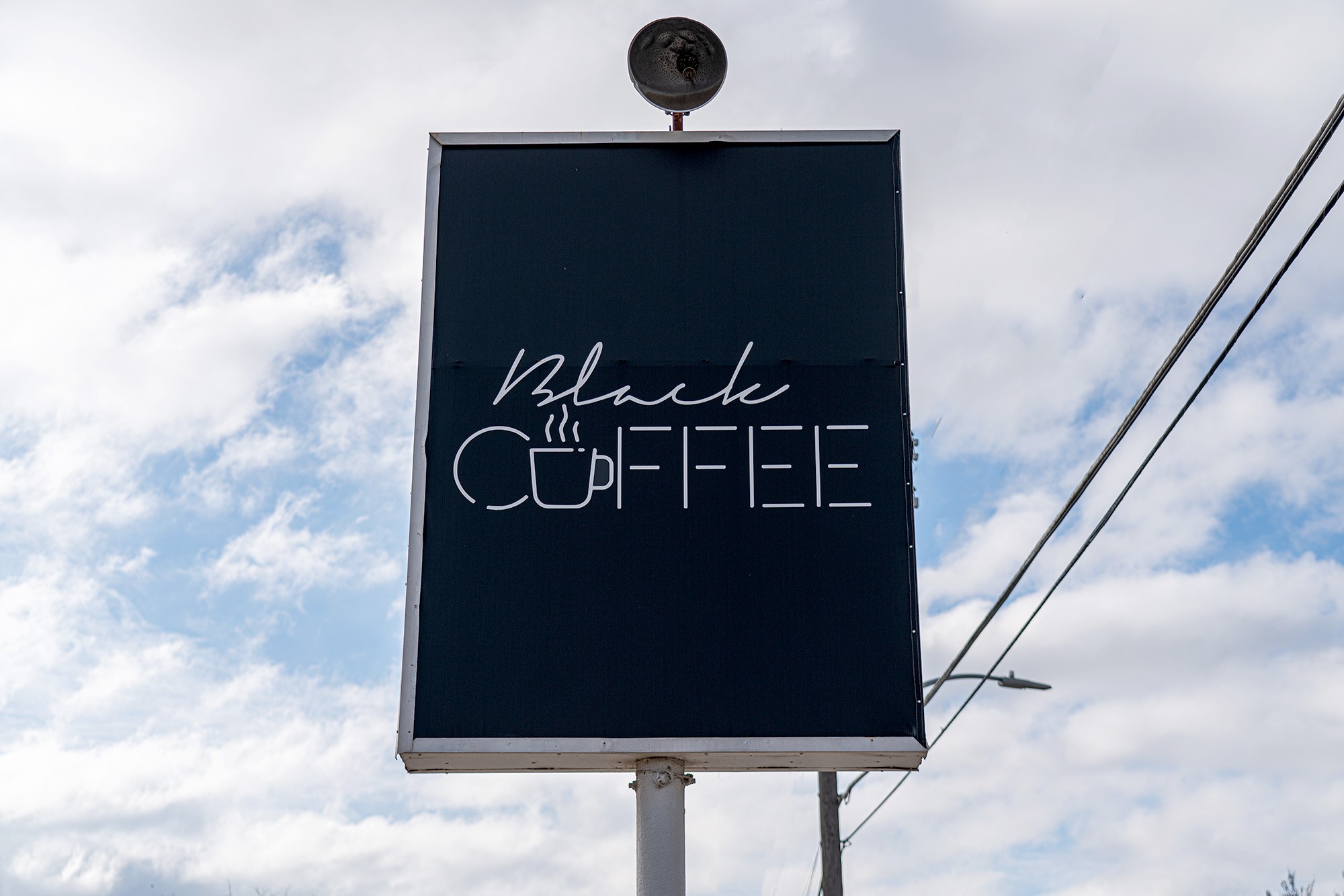
Best Neighborhoods To Find Culture
In order to truly understand a place, it is often imperative to visit the oldest neighborhoods in the area: Fort Worth is no exception. Mirroring what can be found in most of United States history, many of the historically Black neighborhoods in Fort Worth began as predominantly white. The existence of Black pioneers in Fort Worth at the turn of the 20th century tells a different story.
Neighborhoods that began as a necessity for people of Color to have better living conditions than they’d come to know earlier on have now become thriving areas of the city, offering everything from dining to shopping, worship to socializing. The legacy set by those first African Americans to integrate these neighborhoods, and indeed, sometimes to be the first to own land in these areas at all, is carried on by today’s business owners and entrepreneurs in Black Fort Worth.
Below you will find a list of some of the oldest BIPOC neighborhoods in the area, along with a little history to get you started. Context is always an invaluable tool when visiting new places.
Located in Southeast Fort Worth, Stop Six began as a one acre tract purchased in 1896 by laundress and African American pioneer, Amanda Davis. 6 years later, the area expanded when an additional three acres was purchased by Alonza and Sarah Cowan, which they donated for the building of the first church in the neighborhood, Cowan McMillan United Methodist Church. From there, it became an area that housed Black owned businesses, including beauty and barber shops, barbecue stands, and more.
When the electric-powered streetcar cut though the community from 1902-1934, what was once Cowanville became the sixth stop from the Tarrant County Courthouse, resulting in the neighborhood being referred to as “Stop Six” from then on.
What began as a resort town to the west of Arlington Heights, Como experienced a depression in 1893. Spanning four years, the properties in the area plummeted in value, attracting new home buyers, many of whom were African American. This in turn caused many of the white inhabitants of the neighborhood to flee, resulting in what is now one of the oldest Black neighborhoods in Fort Worth.
One of the most notable business owners and blues performers in the history of Como was legendary artist Robert Ealey. He both owned and played at the now defunct Bluebird Club for over thirty years. The foundation set by those first African Americans who settled in the Como is honored today by local Black-owned businesses, restaurants, and shops. The annual Fourth of July Parade held in Como guarantees a good time.
In the late 1800s, much like the rest of Texas, Fort Worth was starkly segregated. The more affluent Black residents of the area mostly lived in the “negro tenements” to the east of town. Just before the turn of the 20th century, the first middle class Black neighborhood to emerge on the Southside was Terrell Heights. This resulted in those once living in the negro tenements to move to Terrell Avenue, marking a true improvement in their living quarters through telephone service, water and sewage lines, and electricity.
When you visit the Historic Southside today, you will find everything from barbecue joints to nightlife, places of worship, and shopping opportunities. Holding onto its status as the oldest Black middle class neighborhood in Fort Worth, you will find more than enough to occupy your time and your taste buds as the newer generation continue the tradition set by their forefathers.
Originally developed in the 1850s, by the 1930s Polytechnic Heights was a predominantly white neighborhood used to house the faculty of Texas Wesleyan University. Segregated and largely middle class, the demographics of the neighborhood began to shift in the 1960s during the Civil Rights movement. More African American families began to move from the neighboring area Stop Six, resulting in a similar migration of the white homeowners to other neighborhoods. By the 1980s, Polytechnic Heights was mostly African American working class. Today, the majority of the homeowners in the neighborhood are of Hispanic Origin.
The neighborhood itself has faced many changes, including a more harrowing time in the 1980s when gang activity was high, prompting the residents to develop programs to evacuate the gang members, while providing business opportunities to supplant the lawless life many of the youth of the area felt was their only option. Over the past decades there’s been an ebb and flow of effort to revitalize the area. New construction is currently going up in Polytechnic Heights, which leaves the current homeowners both hopeful that their once close knit neighborhood might be able to return to its more social ways, and fearful that the rising housing prices will make it impossible for locals to continue to afford their home ownership in the area.
Author
-

Malika Hadley Freydberg is a multi-medium performance and visual artist based in New Orleans, Louisiana, as well as co-owner and tour guide of walking tour company Anansi’s Daughters, LLC. She’s a four time national slam poet, and is currently working on her first novella. She’s had a fascination with magick and Conjure Women since she read “Mama Day” by Gloria Naylor at age 9, and became determined to become a woman of magick from that day forward. She works as a tour guide, sharing the history and folklore of Southern Louisiana, which has informed most of her work since 2016.
View all posts
Book An Experience
Melanin Miami
Discover Miami's African American heritage on the Melanin Miami Tour, a exploration of cultural landmarks and Black-owned businesses.
Share this article
Discover Sepi Stories

-
8553 N Beach Street Suite 138
Ft Worth, TX 76244
- Become a Vendor
- Home
- My Passport (Coming Soon)
- Book Experiences
- Edit Profile
- Login
- Logout
Support
- FAQs (Coming Soon)
- Phone: 641-754-0072
- Email: contact@sepitravel.com
- Sitemap
- Privacy Policy
- Terms & Conditions
- Non Discrimination Policy

-
8553 N Beach Street Suite 138
Ft Worth, TX 76244
- Become a Vendor
- Home
- My Passport (Coming Soon)
- Book Experiences
- Edit Profile
- Login
- Logout
Support
- FAQs (Coming Soon)
- Phone: 641-754-0072
- Email: contact@sepitravel.com
- Sitemap
- Privacy Policy
- Terms & Conditions
- Non Discrimination Policy
Sepi LLC © All rights reserved 2024.

